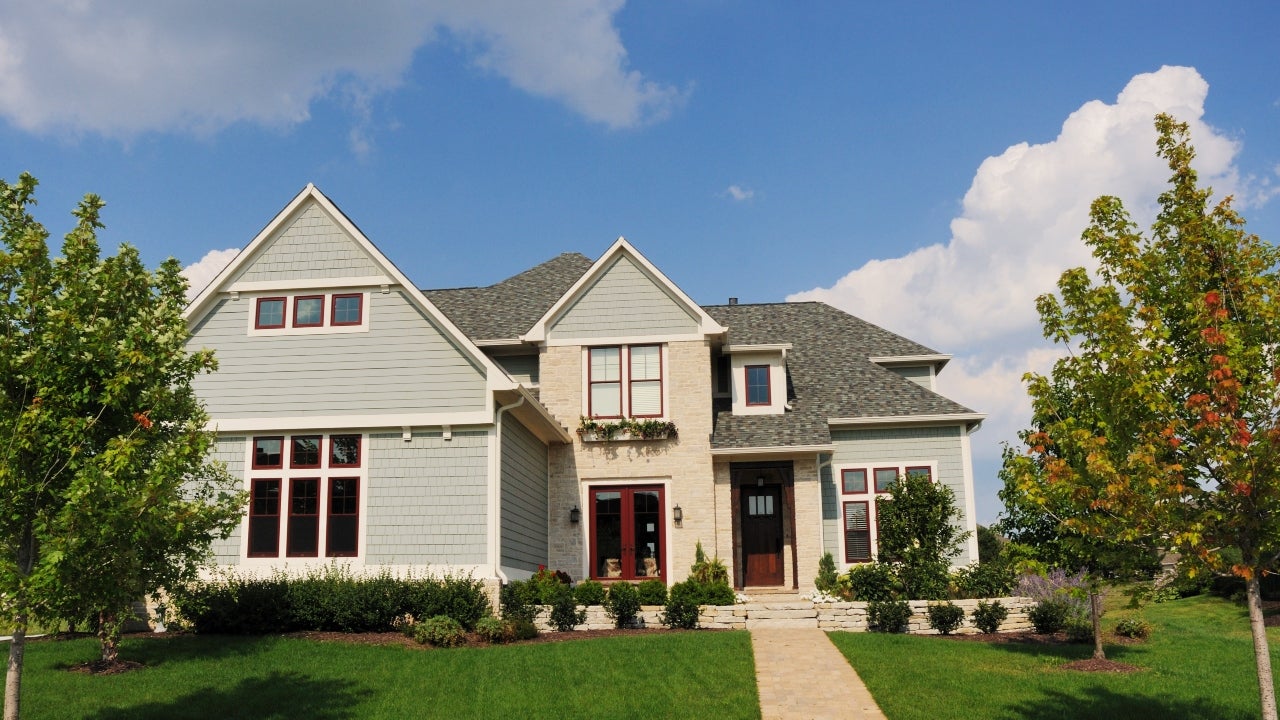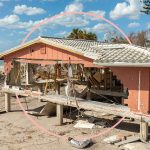Key takeaways
- The Home Ownership and Equity Protection Act (HOEPA) is a federal law that aims to protect consumers from predatory mortgage lending.
- HOEPA mainly covers high-cost mortgages, which are defined as loans with an annual percentage rate (APR) that exceeds the prime rate by a certain amount.
- HOEPA includes provisions such as assessing a borrower’s ability to repay, restrictions on loan terms, and requirements for disclosures and pre-loan counseling.
What is HOEPA?
The Home Ownership and Equity Protection Act (HOEPA) is a 1994 amendment to the Truth in Lending Act (TILA) that protects consumers from predatory mortgage lending. The law requires certain protections for borrowers of “high-cost mortgages” — loans with high fees and high interest rates, typically offered to those who have relatively low credit scores.
What is the Truth in Lending Act?
Enacted in 1968, TILA is a federal law that aims to promote transparency in credit transactions. Specifically, it requires lenders to disclose key terms and costs of credit to borrowers, including the annual percentage rate (APR), finance charges, repayment terms and other important details. TILA also provides consumers with the right to rescind — or cancel — certain types of loans within a specified period.
The history of HOEPA
HOEPA was created in 1994, and the next decade saw a large growth in unscrupulous lending practices, subprime loans and alternative mortgages — all of which led to the financial crisis of 2006-7 and the Great Recession of 2007-09.
In response, HOEPA was expanded in 2010 under the Dodd-Frank Wall Street Reform and Consumer Protection Act. The expansion included:
- Applying HOEPA to purchase mortgages and HELOCs, as well as refinances and home equity loans
- Lowering thresholds for the loan rates, points and fees a loan must have to be considered high cost, and adding new thresholds based on prepayment penalties
- Enabling homebuyers to receive pre-purchase counseling for high-cost loans
- Prohibiting balloon payments
These changes resulted in more loans being categorized as high-cost mortgages.
Which mortgage types does HOEPA cover?
HOEPA generally covers the following loan types, provided they’re for primary residences:
HOEPA doesn’t typically apply to:
What classifies as a high-cost mortgage?
HOEPA defines a “high-cost mortgage” as one in which:
- The APR exceeds the average prime offer rate for a comparable transaction by more than 6.5 percentage points for a first-lien loan — a primary mortgage or refinance of a primary mortgage — or 8.5 percentage points for a subordinate lien, like a home equity loan or line of credit.
- The associated points and fees are above a certain threshold, generally 5 percent of the loan amount.
The Consumer Financial Protection Bureau revises the minimum limit for the total points and fees annually, based on the current Consumer Price Index (CPI).
HOEPA rules and regulations
There are several provisions within HOEPA, including:
- Assessing a borrower’s ability to repay: Before issuing a high-cost mortgage, the mortgage lender must thoroughly review the borrower’s finances, including credit history, income, assets and debt, to ensure they can repay the loan.
- Restrictions on terms: The law restricts balloon payments and due-on-sale clauses in most circumstances, and prohibits lenders from charging a prepayment penalty. There are also limitations on late fees, among other restrictions.
- Disclosures: At least three days prior to the mortgage’s closing, the lender must provide a written disclosure to the borrower that explains loan details, including the APR and monthly payment, as well as the consequences of default.
- Counseling: Prior to closing, the borrower must receive approved homeownership counseling that covers the disclosures as well as budgeting and affordability.
With these rules, HOEPA aims to limit the fees and rates charged to borrowers with poor credit. And if a borrower suspects their rights under HOEPA have been violated, they can report their lender and cancel the loan.
Other borrower protections that apply to high-cost mortgages
Regulation Z, a component of TILA — although the two can be referred to interchangeably — mandates that mortgage lenders provide certain disclosures before issuing loans. It requires that borrowers receive one breakdown of costs and expenses when applying for a loan and a second, finalized listing at least three days before closing. This practice allows the borrower to compare the final terms of the closing disclosure to the initial loan estimate.
Regulation Z also prohibits lenders from receiving compensation for committing the borrower to a specific type of loan or from steering borrowers into a mortgage that results in more compensation for the loan officer, unless doing so is in the borrower’s best interest.
FAQ
Why we ask for feedback
Your feedback helps us improve our content and services. It takes less than a minute to
complete.
Your responses are anonymous and will only be used for improving our website.
Help us improve our content
Read the full article here
















